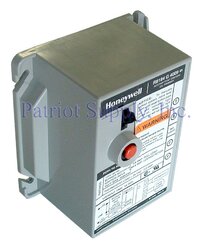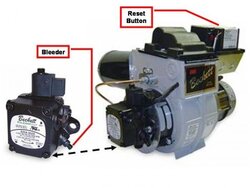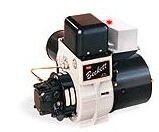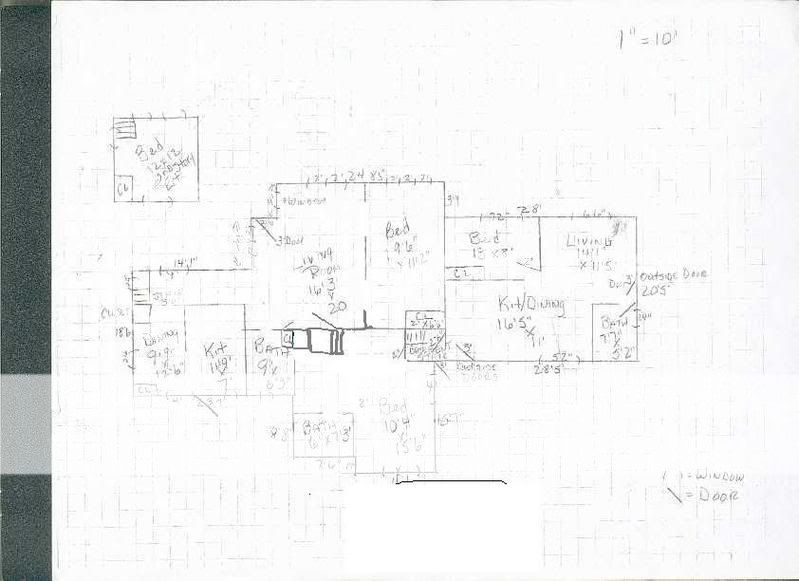Doing The Dixie Eyed Hustle said:
What happens when there is no heat for the thermostat to call for? IE, the furnace doesn't work ( tank issues, clogged lines). It has power, which I turned on for the circulator to work, but it won't fire up.
Pardon my ignorance, I'd really like to know.
And the answer of calling the repairman, >:-(
The first thing to do is to make sure that the unit is really getting power.How did you turn the boiler on? Thermostat alone?
First, check that the breaker is on for the furnace in the main circuit breaker panel. The, check to see if there is a service switch that is turned off. This may be at or nearby the boiler itself. Or it may be at the top of the stairs leading down to the boiler. When you are sure that all switches are on, turn the temp on the thermostat down below room temp. (get the dixette to help here).
Now, go down to the boiler. Then, have the Dixette turn up the temperature to above room temp while you listen closely for any clicks, etc. at the boiler. If you hear a relay click in, the boiler has power and the thermostat is working. Note: This is an area where there really is not a lot to fiddle with, so proceed with caution. Look on the boiler for where the actual oil burner is. See if on the side of the actual oil burner, there is a red, reset button. If you push it in, and the burner starts, but then shuts off again, you need to call a service person.
The reset is for a photocell detector that watches for ignition. If triggered, it's not detecting fire and shuts down the unit. It could be due gunk in the lines from sitting too long, plugged nozzle or filter, dirty burn, etc. Small lecture... this is why I urge people to cycle their heating system regularly, even if they don't use it for primary heat. Like a generator, you want it working well when you really need it.





